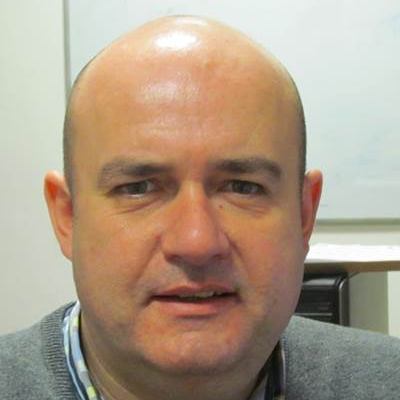Recent Advances in Nitrogen-Containing Aromatic Heterocycles
A special issue of Molecules (ISSN 1420-3049). This special issue belongs to the section "Organic Chemistry".
Deadline for manuscript submissions: closed (21 December 2018) | Viewed by 36835
Special Issue Editor
Interests: free radical organic and polymer chemistry; heterocyclic and medicinal chemistry
Special Issues, Collections and Topics in MDPI journals
Special Issue Information
Dear Colleagues,
This Special Issue is dedicated to aromatic organic compounds containing one or more nitrogen atoms. These are five or six-membered rings, fused or not fused onto other rings, and containing nitrogen only or in combination with oxygen or sulfur. A surfeit of such compounds occurs in the chemical literature, including many natural substances and bioactive synthetic compounds. I am therefore looking forward to receiving timeless research articles, communications and reviews detailing the latest advances in synthetic methods, target oriented synthesis, applications, and biological evaluation of such small molecule heterocycles.
Prof. Dr. Fawaz Aldabbagh
Guest Editor
Manuscript Submission Information
Manuscripts should be submitted online at www.mdpi.com by registering and logging in to this website. Once you are registered, click here to go to the submission form. Manuscripts can be submitted until the deadline. All submissions that pass pre-check are peer-reviewed. Accepted papers will be published continuously in the journal (as soon as accepted) and will be listed together on the special issue website. Research articles, review articles as well as short communications are invited. For planned papers, a title and short abstract (about 100 words) can be sent to the Editorial Office for announcement on this website.
Submitted manuscripts should not have been published previously, nor be under consideration for publication elsewhere (except conference proceedings papers). All manuscripts are thoroughly refereed through a single-blind peer-review process. A guide for authors and other relevant information for submission of manuscripts is available on the Instructions for Authors page. Molecules is an international peer-reviewed open access semimonthly journal published by MDPI.
Please visit the Instructions for Authors page before submitting a manuscript. The Article Processing Charge (APC) for publication in this open access journal is 2700 CHF (Swiss Francs). Submitted papers should be well formatted and use good English. Authors may use MDPI's English editing service prior to publication or during author revisions.
Keywords
- heterocyclic chemistry
- medicinal chemistry
- natural products
- organic synthesis
- reactive intermediates
- synthetic methods






